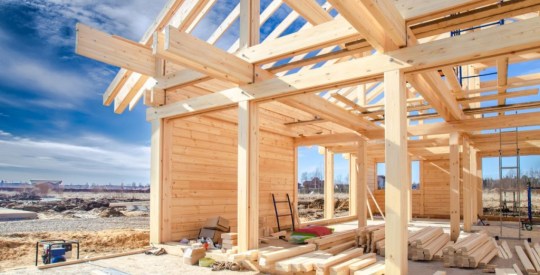The performance of recent subprime residential mortgage-backed securities (RMBS) continues to slide, prompting Moody’s Investors Service to revise its loss estimations on related securitizations and place thousands of tranches on review for downgrade. Furthermore, this development shows that the Obama administration’s effort to halt, or at least slow, the tide of mortgage defaults through government-supported programs remains largely unsuccessful, according to an email from Moody’s. The basket of mortgage backed securities that the credit rating agency reviewed for its report deal with loans originated during the recent boom years in housing finance. Moody’s is now projecting cumulative losses of 18.7% for 2005 vintage securitizations, 38.4% for 2006 RMBS and 48.1% for 2007 RMBS. It’s the latest indication that subprime problems still persist, and continue to drag the market. Such assets recently cost French investment bank Société Générale billions in write-downs, according to its preliminary Q409 earnings. As HousingWire publisher Paul Jackson previously opined, the subprime mess is far from passed, and the industry is suffering from deja vu, all over again. Moody’s new projections come after ’05, ’06 and ’07 subprime outstanding pool balances grew in serious delinquency (60+ days delinquent or in foreclosure) to 48% from 43%, to 56% from 51% and to 55% from 47%, respectively. Increased delinquency rates will disrupt Moody’s original loss projections, according to their rating methodology, as more delinquent loans are likely to foreclose and liquidate, ultimately increasing cumulative loss on the pools involved. Even though lenders and servicers continue to use workout efforts to make delinquent loans current, a portion of these loans will inevitably foreclose. Efforts to bring delinquent loans into re-payment status appear to show little success, at times impacting such high re-default rates as to mark programs like the US Treasury Department‘s Home Affordable Modification Program (HAMP) as “destined to fail,” according to an Amherst Securities senior managing director. Moody’s said in an e-mailed statement that “the government’s effort to curb loan defaults and foreclosures through loan modification has failed to gain traction; prompting Moody’s to reduce the average modification benefit to projected losses across vintages from 15% in March to less than 5% going forward.” Along with the developing performance, Moody’s placed on review for possible downgrade 5,698 tranches of subprime RMBS. The tranches now being watched had a combined original balance of $584bn and now bear a combined outstanding balance of $319bn. As the industry continues to work through subprime-related pain and delinquent loans eventually foreclose, the housing market will soon face the overhang of distressed assets. Foreclosure sales in the coming months are likely to push home prices down an additional 11%, effecting a 37% peak-to-trough decline, said Moody’s Economy.com. An Economy.com analyst, Celia Chen, recently wrote that at least another decade will pass before house prices return to peak ’06 levels. But that recovery will not begin until house prices fall to 40% below the peak recorded in the Standard & Poor’s/Case-Shiller housing price index, some time in Q210. Write to Diana Golobay.
Height-of-Boom Subprime Performance Keeps Getting Worse: Moody’s
Most Popular Articles
Latest Articles
New home sales still growing from 2022 lows
We have to remember the builders are growing sales because they live in a sub-6% mortgage rate world, not like the existing home marketplace.
-
Guild Mortgage CEO on values, culture and M&A priorities
-
US Mortgage Corporation committed to reverse channel, new HECM head says
-
Labor Department announces new rule to shield retirement savings
-
loanDepot CEO talks ‘longer and tougher’ mortgage cycle, NAR settlement and cyberattacks
-
The industry needs to speak out about the consequences of the commission lawsuits: Brokerage leaders



